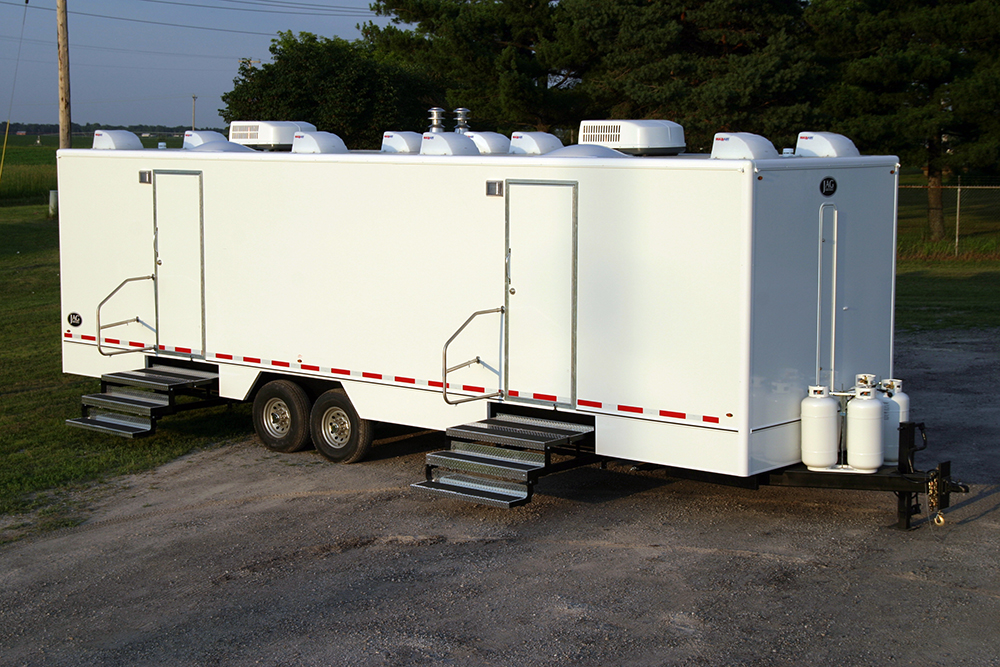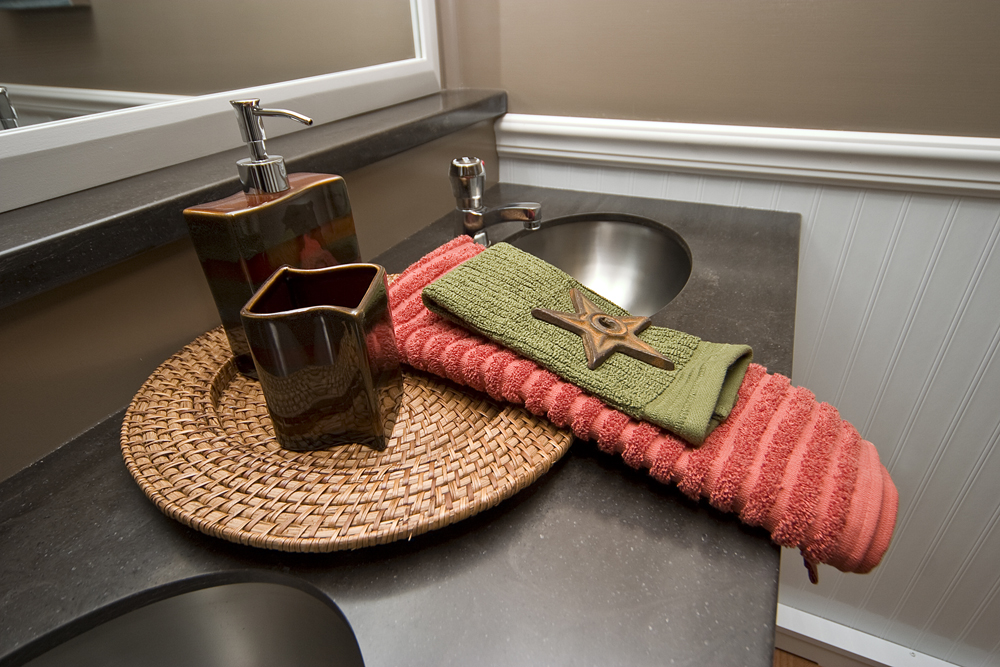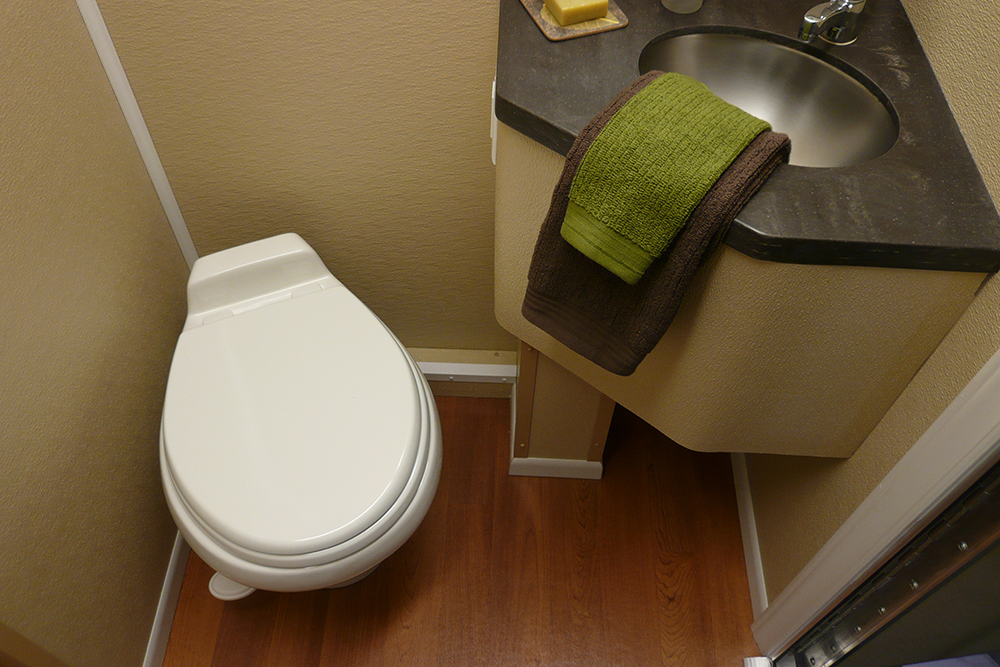Education on the Portable Toilet: Some light bathroom reading
A portable toilet, also known as a ‘porta potty’, is a modern, portable, self-contained outhouse manufactured of molded plastic in various colors and is often used as a temporary toilet for construction sites and large social gatherings. Portable toilets are referred to colloquially or sold under such brands as port-a-john, port-o-let, sani-privy, port-a-san, porta potty, tidy john, John To Go, toi-toi, and porta-kybo. You may also find them referred to as shit-shack, dump station, wee wee hut, Dr. Who’s Ship O’ Thrills, My Little Pony (don’t understand that one), defecatorium, tinklatorium, The Unacrapper’s Shack, the whiz wigwam, pee pee teepee, hell’s vestibule, my-first-apartment, the rebarbative reeking reading room, and Jackie Gleason’s Raw Sewage Flume.
Portable toilets are large enough for a single person – usually about 90 cm (3 ft) on a side by 210 cm (7 ft). While the units are typically free standing structures, the weight of the waste tank aids in stability. This tank usually contains a liquid disinfectant and deodorizer. Some portable toilets include both a seated toilet and a urinal. Most include lockable doors (one would hope), ventilation near the top, and a stovepipe vent for the holding tank. Leaving the toilet lid open will reverse the flow of the venting of the tank. Some newer models include toilet paper or, occasionally, antibacterial hand gel dispensers.
Though more expensive than a standard permanent outdoor latrine, portable toilets have several significant benefits mostly related to their portability. They are rented to customers by companies that guarantee their cleanliness, and so as a rule are drained, cleaned, disinfected and deodorized on a regular basis. As they are not plumbed, they do not clog. A single portable toilet can be hauled in the back of a pick-up truck. An average portable toilet is able to hold enough sewage for 10 people during the course of a 40 hour work week before the hold reaches unsanitary conditions. It is probably not desirable to make use of the unit toward the end of such a week though.
They are frequently seen at outdoor work sites, particularly construction sites, and large banks of dozens of portable toilets. These portable toilets allow for ready sanitation at large gatherings such as outdoor music festivals, goat auctions, weddings, and public ceremonies where individuals are pelted with rocks and garbage.
A major disadvantage of these “porta-potties” is that the odor that builds up within the enclosure can quickly reach an unbearable level, especially in tropical climates, where users’ behavior (as well as aiming capabilities) can quickly befoul a newly disinfected unit. This is probably due to the fact that the ventilation units can be too weak to oust foul-smelling air fast enough. It is also tricky balancing privacy with stench when considering open-air ducts that would let fresh air in. Consequently it is akin to a self-imprisonment with one’s excrement – especially if one has a habit of taking a long time to defecate.
Still, a portable toilet is considered a superior option to its alternatives, including bushes, pants, and reservoirs. In New York alone, public water supplies were recently tested and found to be almost 90% urine.
It has become common for portable toilets to be paired with hand sanitizer or a portable hand washing station. These stations provide a foot pump to dispense water to wash one’s hands after using the toilets. Soap and towels may be provided. Otherwise, clothes will have to suffice. Bidets are not often seen in portable toilets.
The Portable Sanitation Association International is the recognized authority on the operation of portable toilets.
In the United Kingdom the Trade Association representing operators of Portable Sanitation units is – “PSE”. PSE also has a number of European members and works closely with similar trade organizations worldwide. PSE has a close working relationship with Government departments such as the Health and Safety Executive, Department of the Environment, and Department of Dumping to improve standards of cleanliness, hygiene and promote good practice by its members.





